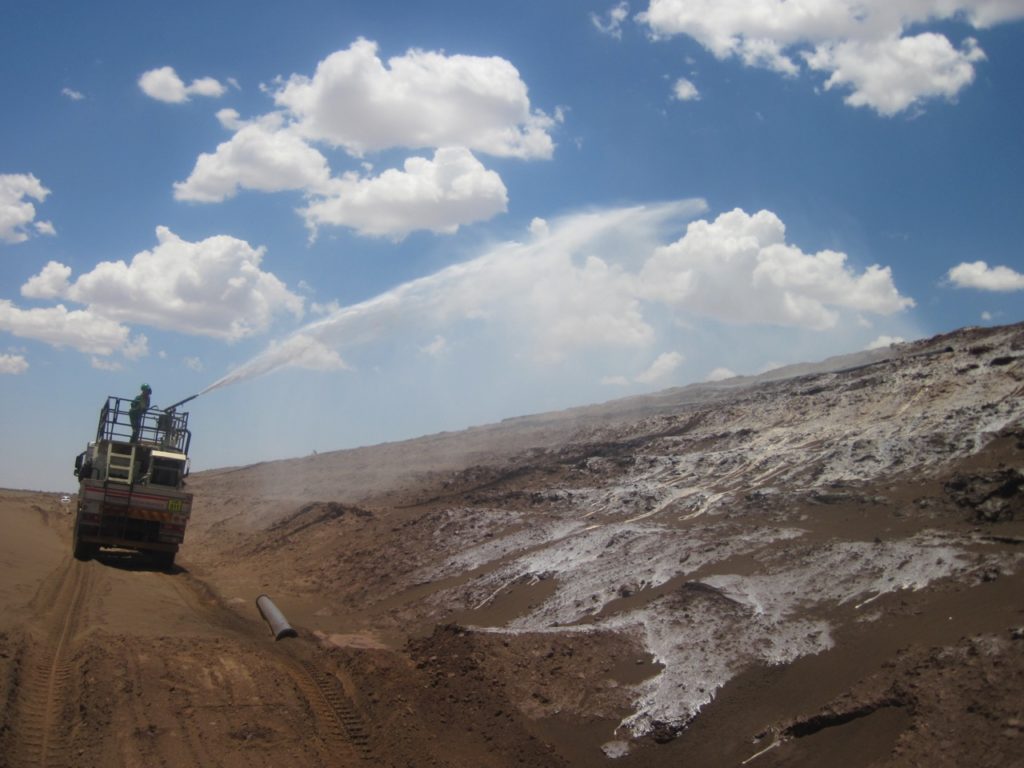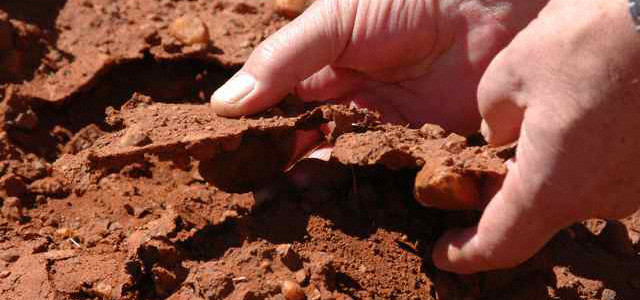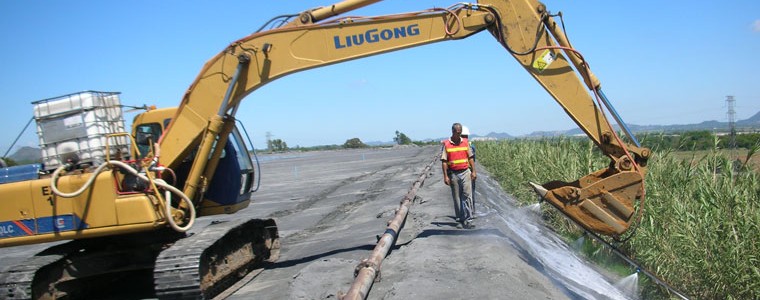Article Source. Tlou Legodi 702.co.za “Joburg the most radioactive city on the planet, a legacy of mining – report 11 October, 2020. https://www.702.co.za/articles/398354/joburg-the-most-radioactive-city-on-the-planet-a-legacy-of-mining-report
Joburg the most radioactive city on the planet, a legacy of mining – report
Earthlife Africa director Makoma Lekalakala attributes this to the legacy of the gold mining in the Witwatersrand.
According to Earthlife Africa director Makoma Lekalakala, “Many South Africans do not know that Johannesburg, the country’s largest city, is also the most radioactive city on the planet, as a result of its prominent gold mining past. It is especially during the windier months from around August and September that residents in these areas complain about the effects of the highly radioactive and dangerous dust particles that invade their homes and make their families sick.
Earthlife says that in 2017, the Benchmark Foundation – a non-governmental organisation that works with communities in these impacted areas – conducted a study that found that 56% of the area’s residents suffer from respiratory diseases.
Lekalakala joins Refiloe Mpakanyane to speak more on this.
August is a very windy month and that goes through September. And it is in Septemeber that we’re expecting rain but dust is still settling in the air but what makes it so bad is because of the dust that comes from the mine tailings, which is a legacy of the gold mining in the Witwatersrand.
Makoma Lekalakala, Director – Earthlife Africa
The dust that comes out of the mine tailings is very radioactive due to the fact that when gold mining started in the early centuries of the late 1800s and early 1900s uranium was not extracted because it was not a product that was considered to be important. But with the development of nuclear weapons and of nuclear that’s when that uranium was extracted but the way te gold-mining industry did not properly decommission these mines.
The dust that comes out of the mine tailings is very radioactive due to the fact that when gold mining started in the early centuries of the late 1800s and early 1900s uranium was not extracted because it was not a product that was considered to be important. But with the development of nuclear weapons and of nuclear that’s when that uranium was extracted but the way te gold-mining industry did not properly decommission these mines.
Makoma Lekalakala, Director – Earthlife Africa
People who live around these areas, there is a report of high incidences of lung cancer because you inhale this particulate matter, they would also have leukemia and children born with dust defects. This has been happening over time and this is not good at all.
Makoma Lekalakala, Director – Earthlife Africa
These months we find that a lot of people frequent health centres because of different kinds of uncomfortable health situations.
Makoma Lekalakala, Director – Earthlife Africa
Harmony Kalgold- SOUTH AFRICA
The client was looking for a cost effective environmentally compliant sustainable solution for dust abatement and erosion control on one of their stockpiles.
Assmang Khumani Iron Ore Mine Stockpile Treatment- SOUTH AFRICA
EBS Stockpile Treatment Proves Long-Term Dust Control & Erosion Prevention at ASSMANG Khumani Iron Ore Mine At ASSMANG Khumani Iron Ore Mine, a stockpile treatment using EBS Soil Stabilizer was conducted to demonstrate its effectiveness in dust control and erosion prevention. Two adjacent stockpiles were monitored: ✅
Eastplats Mine Tailings Application- SOUTH AFRICA
Eastern Platinum (Eastplats) Implements Long-Term Dust Control for Crocodile River Mine Eastern Platinum (Eastplats) Crocodile River Mine in South Africa required an immediate and effective solution for dust control on its Mine Tailings complex. The excessive dust was not only creating hazardous working conditions but also impacting
LOGIN / REGISTER
![]()
Stay Connected














